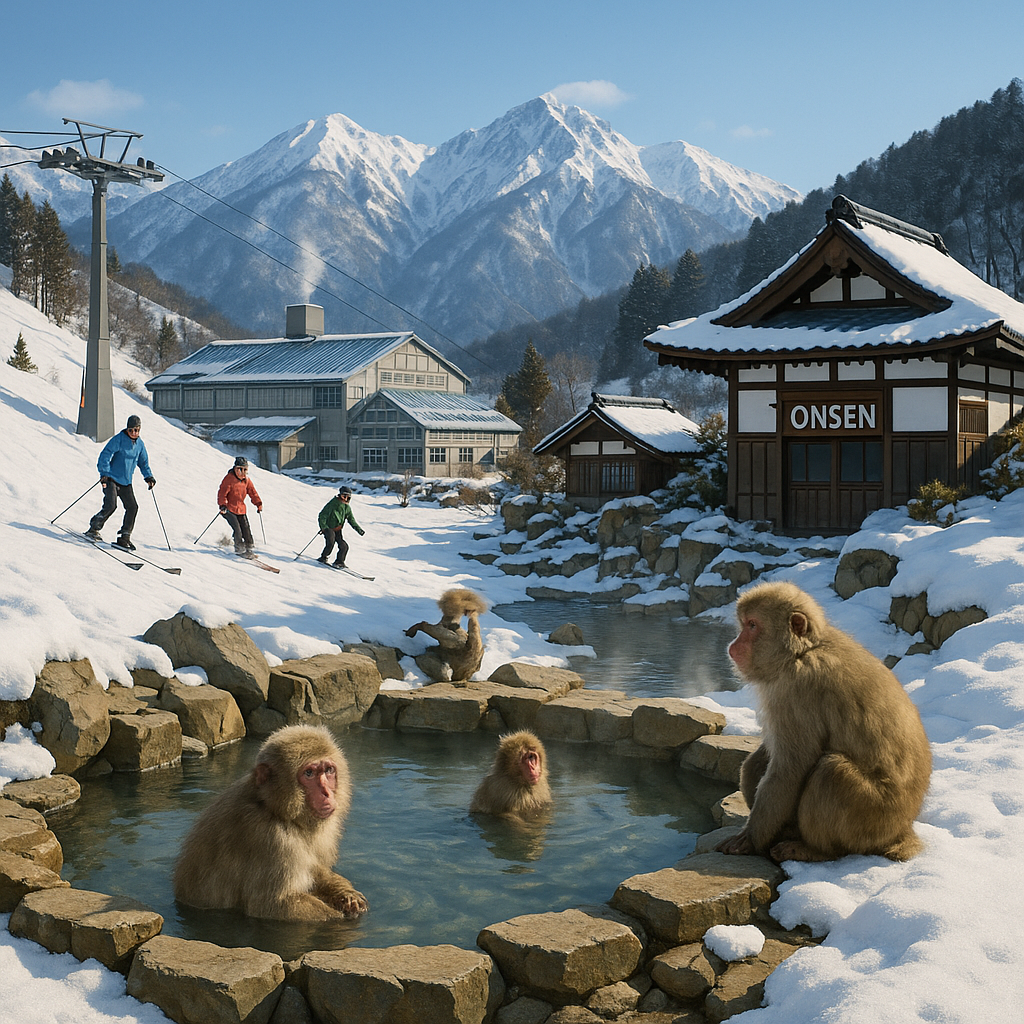The Battles of Kawanakajima (川中島の戦い, Kawanakajima no tatakai) were a series of battles fought in the Sengoku period of Japan between Takeda Shingen of Kai Province and Uesugi Kenshin of Echigo Province from 1553 to 1564.
History Of Nagano
Take a minute to write an introduction that is short, sweet, and to the point. If you sell something, use this space to describe it in detail and tell us why we should make a purchase. Tap into your creativity. You’ve got this.
Nagano Through the Ages
Ancient & Classical Periods
(Before 1185)
Nagano’s spiritual roots began early with the founding of Zenkoji Temple in the 7th century. The region also became a sacred place for mountain worship and Shinto mythology.
Feudal Era
(Kamakura to Sengoku Period, 1185–1603)
During the age of the samurai, powerful clans like the Sanada ruled Nagano’s castles. The region was also part of the important Nakasendo trade route.
Edo Period
(1603–1868)
Nagano thrived as a pilgrimage and travel hub, with busy post towns and growing silk production. Zenkoji Temple welcomed visitors from across Japan.
Meiji to Early Modern Period
(1868–1945)
Nagano modernized with new railways, schools, and industries. Cities like Matsumoto and Ueda developed into cultural and economic centers.
Modern Era
(Post-War to Present, 1945–Today)
After World War II, Nagano became known for tourism and winter sports. It hosted the 1998 Winter Olympics and continues to attract visitors worldwide.
💬 A Personal Note
Before coming to Japan, I had already learned a bit about Japanese history through anime, the historical friendship between Turkey and Japan, and my interest in samurai. The game Shogun: Total War – Fall of the Samurai also played a big role in deepening that interest. :)
After arriving in Ueda, I became especially fascinated with the Sanada family and Sanada Yukimura. I even have many products related to him at home, and my admiration keeps growing.
Japanese history is very long and involves many different figures, so it can be overwhelming to learn it all. That’s why I recommend focusing on regional and period-specific topics. For me, the Feudal Era is the most interesting.









